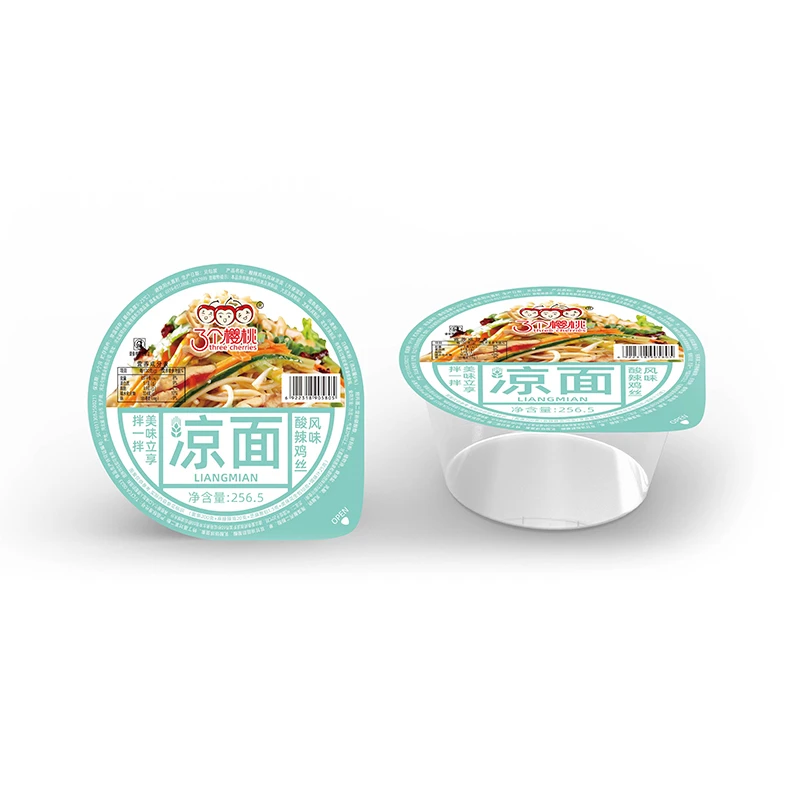korean naeng myun
Discovering Korean Naengmyeon A Chilled Culinary Delight
Korean cuisine is a vibrant tapestry woven from diverse flavors, textures, and traditions, and one dish that truly captures the essence of summer in Korea is naengmyeon. This Cold Noodle dish, known for its refreshing taste and unique texture, not only provides relief from the sweltering heat but also embodies a rich cultural history that beckons exploration.
Naengmyeon, which translates to cold noodles, is made from buckwheat flour, although variations may include wheat or sweet potato starch. The noodles are typically long and thin, embodying a chewy and slippery texture that is both delightful and satisfying. The most common types of naengmyeon are Mul Naengmyeon, served in a cold broth, and Bibim Naengmyeon, which is dressed in a spicy sauce, offering a spectrum of flavors for different palates.
A Taste of Tradition
The origins of naengmyeon can be traced back to the cold regions of Korea, particularly in Pyongyang, the capital of North Korea. This dish was traditionally consumed by the local populace, particularly during the sweltering summer months, and eventually made its way across the Korean Peninsula. Historically, naengmyeon was served to celebrate special occasions, often enjoyed at family gatherings or festive events.
Despite its regional roots, naengmyeon has transcended borders and is now a staple in restaurants across Korea and beyond. The dish has found its way onto menus of Korean eateries worldwide, where it captures the hearts of food enthusiasts eager to experience authentic Korean flavors.
The Preparation Process
Creating the perfect naengmyeon is an art form that combines careful preparation, quality ingredients, and a touch of love. The process starts with making the noodles, which requires the right balance of flour and water to achieve that coveted chewy texture. Once prepared, the noodles are boiled and then chilled in icy water to maintain their refreshing quality.
The broth, especially for Mul Naengmyeon, is a critical component that must be prepared with care. Traditionally, it is crafted from beef bone or chicken broth that is simmered for hours, often infused with ingredients like radish, garlic, and soy sauce. This broth is then cooled, yielding a deliciously refreshing and slightly tangy flavor that perfectly complements the cold noodles.
korean naeng myun

In contrast, Bibim Naengmyeon utilizes a vibrant chili paste, often made from gochujang (Korean red pepper paste), blended with vinegar and sesame oil. This spicy sauce adds a kick that tantalizes the taste buds and is especially popular among those who enjoy a bit more heat in their meals.
The Perfect Garnishes
What makes naengmyeon even more delightful are its garnishes. A typical serving includes slices of pickled radish, cucumbers, and sometimes a hard-boiled egg, adding a refreshing crunch and a pop of color. The presentation of naengmyeon is an essential aspect of the dish, as the vibrant colors of the ingredients create an appetizing look that invites the diner to dig in.
Enjoying Naengmyeon
In Korea, naengmyeon is often enjoyed during hot summer days, making it a seasonal favorite. It is customary to eat naengmyeon with the hands or chopsticks, and one might even find it enjoyable to slurp the noodles, which is both satisfying and culturally accepted.
Pairing naengmyeon with kimchi and other banchan (side dishes) enhances the dining experience, providing extra layers of flavor and texture that complement the cold noodles perfectly.
Conclusion
Naengmyeon is more than just a dish; it’s a celebration of Korean culture and tradition. Every bowl tells a story, not only of the ingredients and preparation but also of the communities and families that enjoy it together. This cold noodle dish is a delightful representation of Korea's vibrant culinary scene, promising to refresh and satisfy anyone willing to embark on a gastronomic adventure. The next time you’re looking for a meal that embodies both tradition and taste, look no further than a bowl of naengmyeon!
-
Unleash Your Inner Chef with Delectable Italian Pasta CreationsNewsAug.01,2025
-
Savor Health and Flavor: Irresistible Soba Noodles for Sale Await!NewsAug.01,2025
-
Nourish Your Body with Premium Organic Ramen - A Culinary Delight AwaitsNewsAug.01,2025
-
Elevate Your Dishes with Our Exquisite Kinds of Egg NoodlesNewsAug.01,2025
-
Dive into Flavorful Convenience with Our Ramen OfferingsNewsAug.01,2025
-
Discover Exquisite Types of Naengmyeon and Chilled Soba NoodlesNewsAug.01,2025
-
Is Whole Wheat Pasta Healthy?NewsMay.30,2025
Browse qua the following product new the we

















































































































